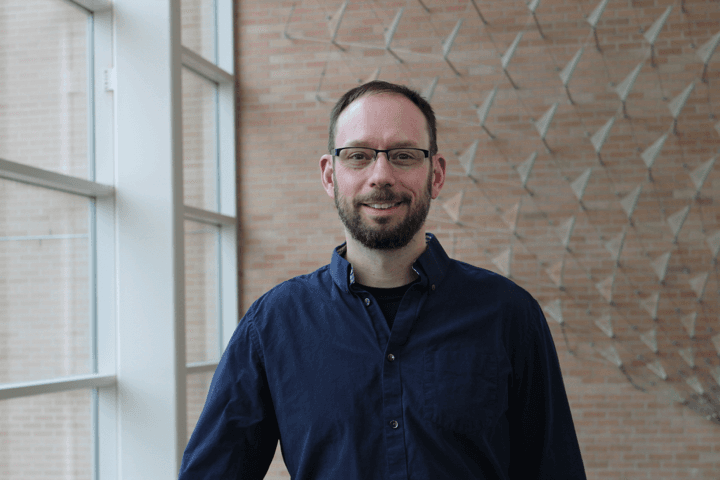Scientific collaboration can help identify important compounds, such as new antibiotics. Co-culture experiments helped researchers to find keyicin, a novel compound that selects against Gram-positive bacteria. The paper ranks in the top 5% of all research outputs scored by Altmetric and was the #2 Altmetric paper in ACS Chemical Biology in all of 2017! Our new collaborative […]

Scientific collaboration can help identify important compounds, such as new antibiotics. Co-culture experiments helped researchers to find keyicin, a novel compound that selects against Gram-positive bacteria. The paper ranks in the top 5% of all research outputs scored by Altmetric and was the #2 Altmetric paper in ACS Chemical Biology in all of 2017!
Our new collaborative paper with the Bugni lab is out! Co-culture experiments helped us to find keyicin, a novel compound that selects agains Gram-positive bacteria. @wildtypeMC @ChemicalBiology https://t.co/PFtM8a9u5l pic.twitter.com/JJbvP5PboZ
— Currie-Lab Ants (@currie_lab) November 10, 2017

This paper describes the production of an antibiotic in co-culture that was not produced by either organism in monoculture. Cameron Currie’s group provided expertise in genome assembly and genomic analyses. Chad Myers group along with Jeff Piotrowski assisted with aspects of the chemical genomics work. Chris Thompson at Bruker Daltonics assisted with acquiring the FTMS data before an instrument was available at UW-Madison. Lingjun Li’s group assisted with proteomics studies. For the genomics and proteomics, it is important to understand that these organisms were not well understood. As such, the group had to develop methods for DNA isolation from the Micromonospora sp. and develop de novo identification methods for protein ID.
Tim Bugni’s lab isolated the producing organisms and developed the infrastructure to identify the co-culture induced antibiotic production and did the genome sequencing as well as the structure determination. Overall, this work demonstrates a nice collaborative approach toward accessing the many silent clusters in actinomycetes for antibiotic discovery.
